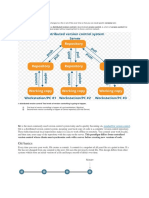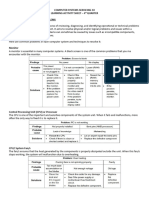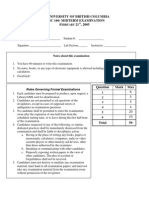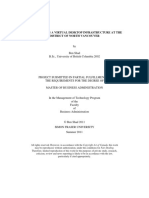0% found this document useful (0 votes)
40 views3 pagesGit Basics Handbook
The Git Basics Handbook provides an overview of version control systems, emphasizing their importance in software development for collaboration, versioning, and traceability. It covers core Git concepts such as repositories, the working directory, staging area, commits, and branches, along with essential commands for managing a Git repository. Additionally, it outlines workflows like Feature Branch and Gitflow, advanced techniques for resolving merge conflicts, stashing changes, and using tags.
Uploaded by
somendrasingh019Copyright
© © All Rights Reserved
We take content rights seriously. If you suspect this is your content, claim it here.
Available Formats
Download as PDF, TXT or read online on Scribd
0% found this document useful (0 votes)
40 views3 pagesGit Basics Handbook
The Git Basics Handbook provides an overview of version control systems, emphasizing their importance in software development for collaboration, versioning, and traceability. It covers core Git concepts such as repositories, the working directory, staging area, commits, and branches, along with essential commands for managing a Git repository. Additionally, it outlines workflows like Feature Branch and Gitflow, advanced techniques for resolving merge conflicts, stashing changes, and using tags.
Uploaded by
somendrasingh019Copyright
© © All Rights Reserved
We take content rights seriously. If you suspect this is your content, claim it here.
Available Formats
Download as PDF, TXT or read online on Scribd
/ 3



























































































